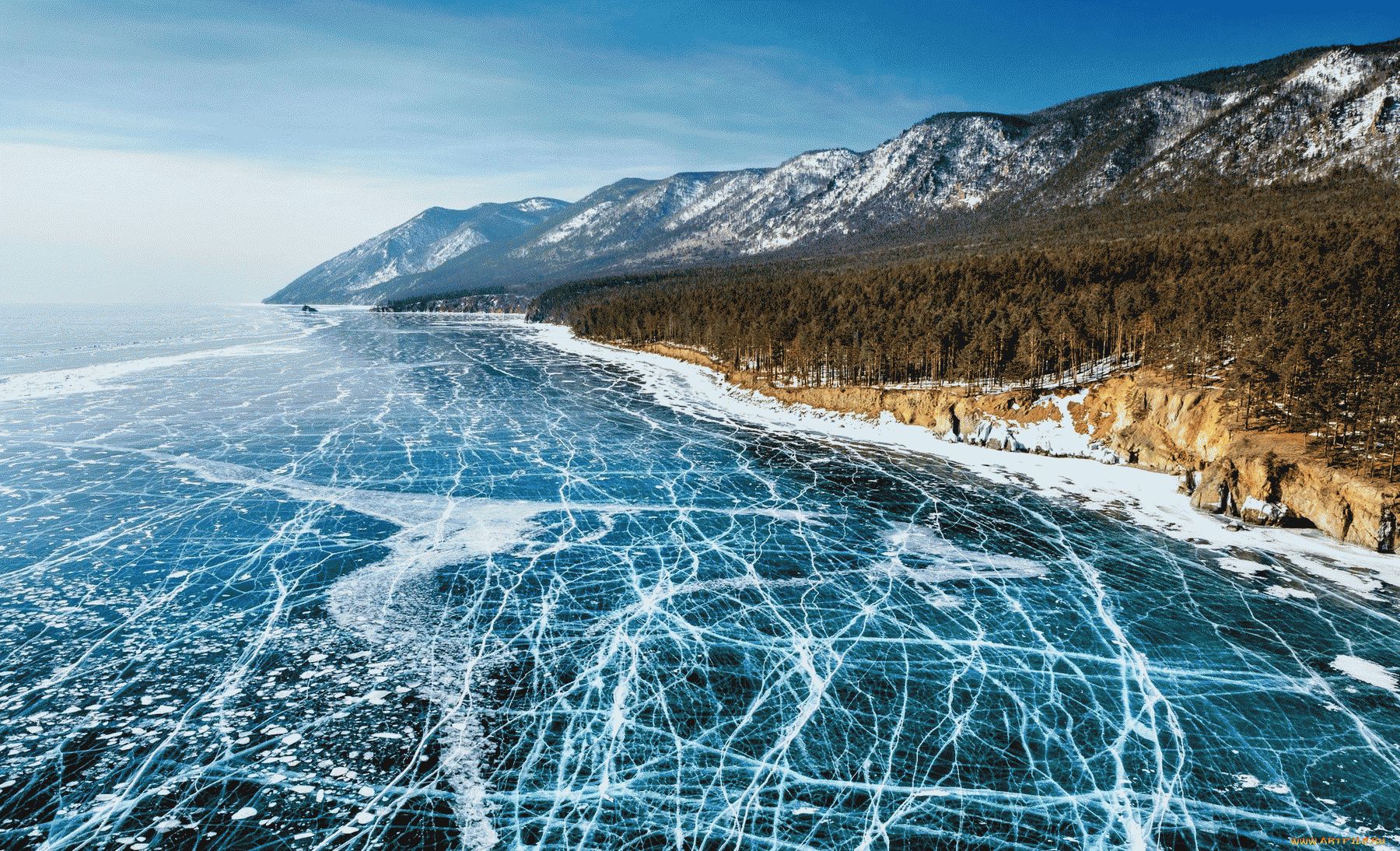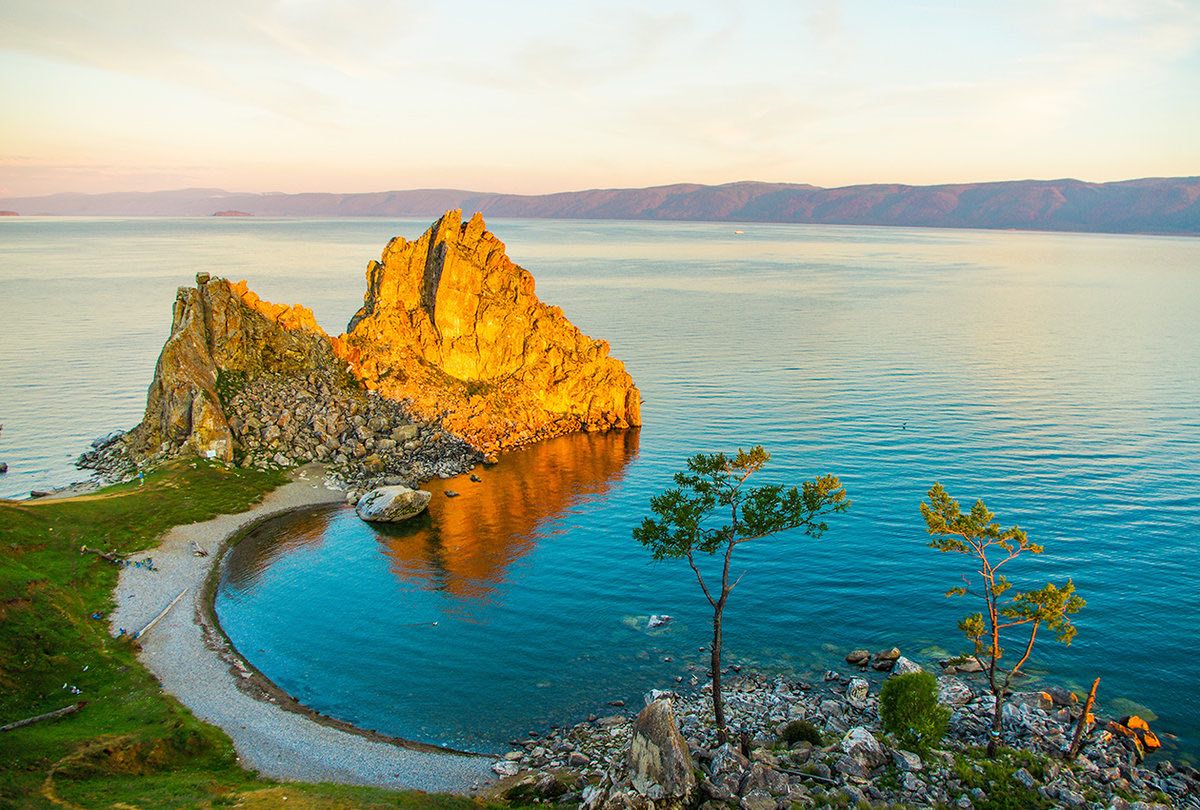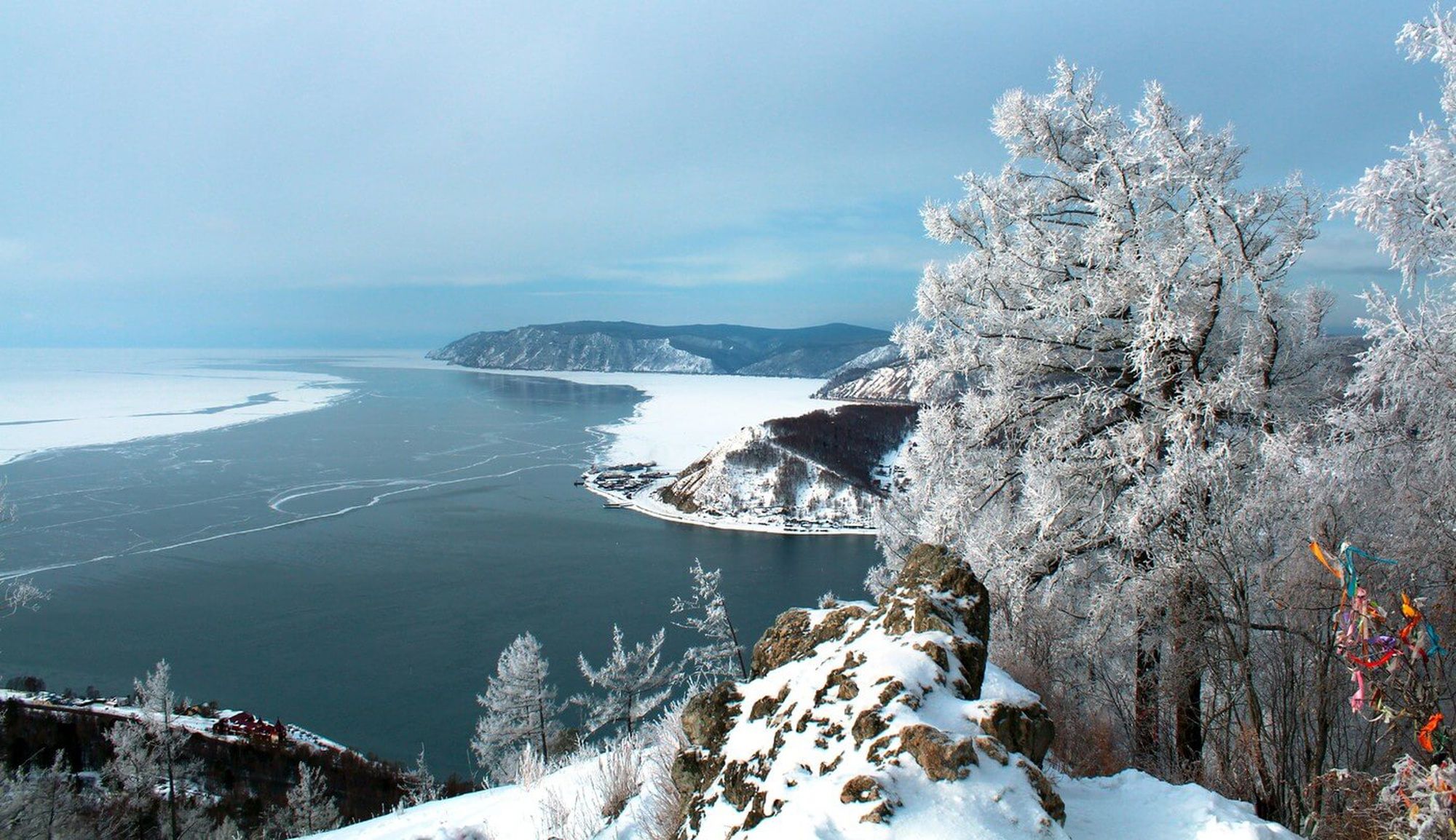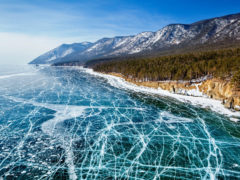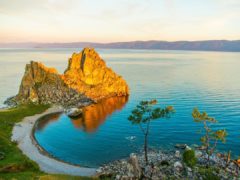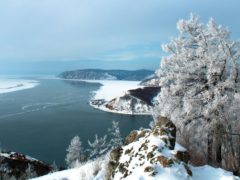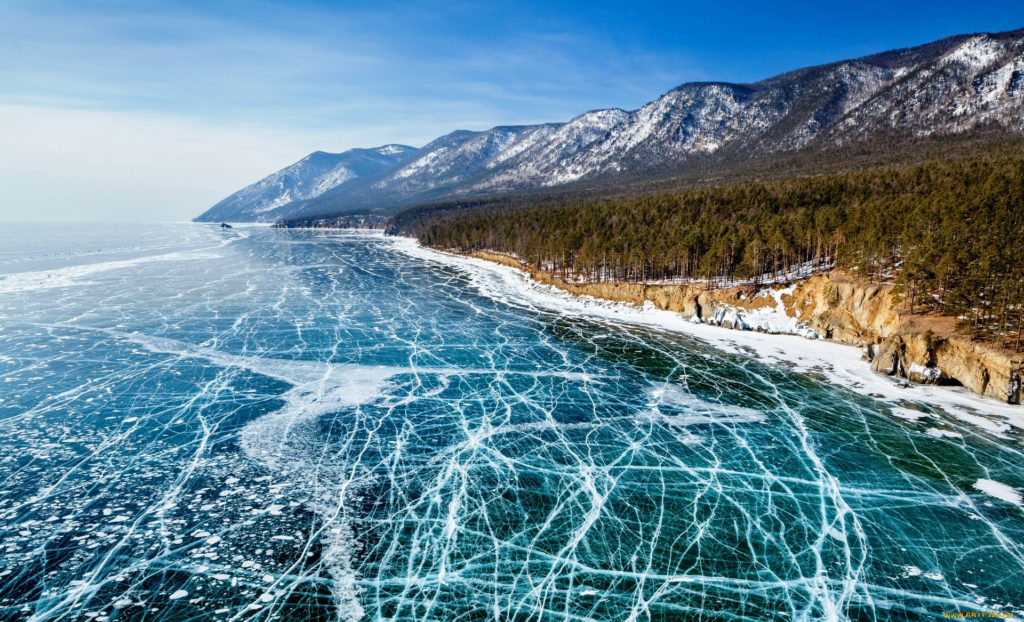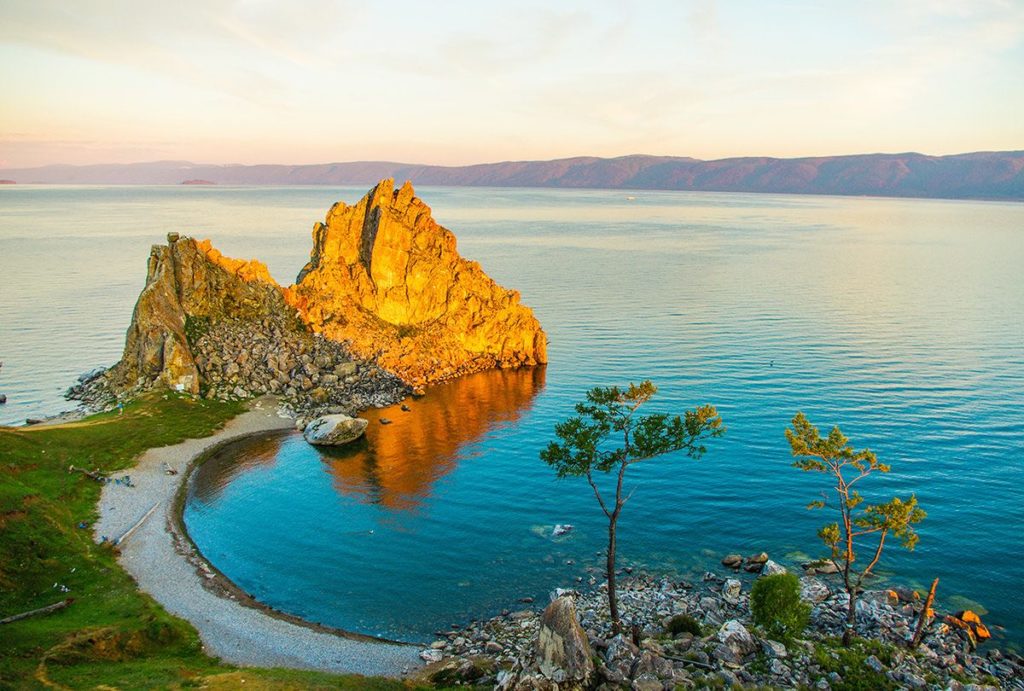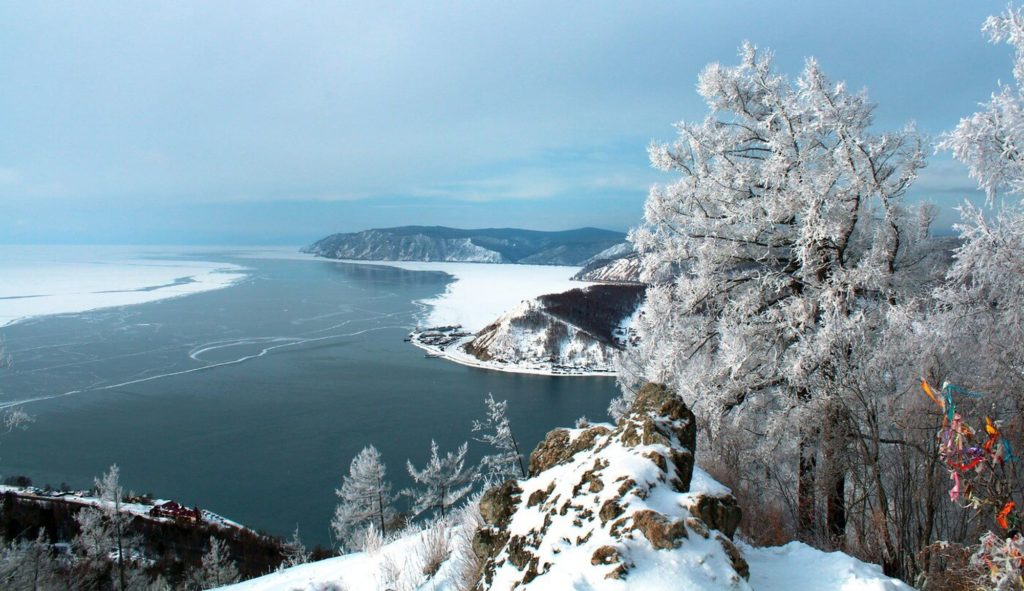Бурятия
бесплатно
Страна:
Регион:
Другие названия:
Значение:
Время визита:
Цена:
бесплатно
Почему Топ:
Крупнейшее пресноводное озеро планеты с уникальной экосистемой и эндемичными видами.
Описание:
The largest, oldest and deepest lake in the world. The local population calls Baikal not “Lake”, but “Sea”. Age 25–35 million years. This fact makes Baikal a unique natural object, since most lakes, especially those of glacial origin, live on average 10–15 thousand years, and then fill with silty sediments and become swampy.
A special feature of the Lake Baikal ecosystem is that the waters of the lake are saturated with oxygen from the shoreline to the deepest places. Moreover, even at great depths, the oxygen level does not fall below 90% saturation. Among the ancient and deepest lakes of the planet there is nothing like this anywhere.
For the Chinese it is Beihai, that is, the “northern sea”, and the ancient peoples of Siberia, according to evidence, also called it the sea — Lamu.
Baikal contains one fifth of the world’s fresh water reserves. Its age, isolation and unusually fertile depths have given it the richest and most unusual lake fauna in the world, which is of great scientific value for the study of evolution. The diversity of endemic animals and plants makes the lake one of the most biologically diverse on earth.
Current threats include untreated waste from the Selenga River, oil and gas exploration in the Selenga delta, coastal pollution and overfishing of the Baikal seal.
Baikal water is soft, transparent, contains almost no salts, and has a lot of oxygen. Some geologists believe that this is mostly artesian water. It contains unique bacteria and phytoplankton, which completely purifies water from contaminants, including decomposing methane and oil. In addition, due to its low temperature, the water also retains its unique properties.
Interesting facts about Baikal:
— the deepest lake on Earth — 1642 meters, it can be compared with five Eiffel towers;
— the largest reservoir of fresh water on Earth, Baikal contains about 90% of Russia’s fresh water, or 19% of the world’s freshwater reserves;
— the surface area of Baikal is approximately equal to the area of Belgium, and exceeds the area of Armenia, Albania, Israel and many other countries of the world;
— the width of the lake at its narrowest point is 24 km, and at its widest – 79 km; its length from edge to edge reaches 636 km;
— the ice of Baikal has very low mineralization, which is why it is the most transparent, hardest and most slippery in the world;
— in winter the ice thickness reaches 2 meters;
— water transparency — 40 meters;
— surface water layers do not exceed 9–10 °C (in summer);
— 336 rivers, rivers and streams flow into Baikal, but only one flows out — the Angara;
— if the lake suddenly stopped replenishing with water, but continued to flow through the Angara, then the water contained in it would be enough for 350 years;
— to completely fill Lake Baikal if it suddenly became empty, it would take the waters of all the rivers of the Earth in about a year.
The main version of scientists about why Baikal has the cleanest water says that this is a consequence of the high population of the lake with Epishura crustaceans. They are able to pass a huge amount of water through themselves, filtering it from all algae. Another factor is the high renewal of the lake by meltwater and the high oxygen content in it, which prevents the processes of “blooming” of the water.
Area: 31967.85 sq. km.
Volume: 23,615,000 cubic meters.
Average depth: 738 m.
Shore length: 2,688 m.
Height above sea level: 449 m.
Maximum depth: 1642 m.
Категории:
Тэги:
Метки:
Обязательно посетить
ЮНЕСКО
Зачем посещать:
Интерес:
Физподготовка:
Лучшее время:
Делать:
Доступ:
Roads:
Facilities:
Open:
Attendance:
Info:
Details:
Lake Baikal is much visited by local, national and international tourists. In 1994 840,000 visitors were recorded (IUCN, 1997). Visitor facilities include visitor centres, museums, libraries, exhibitions, tourist guides and a botanic garden. There are several camping and tourist bases on the lake shores. The more inhabited southern and eastern parts have better developed facilities and infrastructure. The Khamar Daban ranges of the eastern Sayan and Barguzin mountains attract climbers. Irkutsk and Ulan Ude provide services and facilities for tourists and visitors. A late winter sports festival has been established at Irkutsk and a 1,800 km track is proposed around the lake’s shores (LakeNet (2004). Private development is being encouraged on the island of Ol’khun (Anon., 2005b).
Clothing:
Seasonable
Climate:
The Baikal basin has a continental climate with profound fluctuations of both annual and daily temperatures. Winters are long, dry and cold. Mean daily temperatures range from ‑25°C in January to +18°C in July. However, Lake Baikal itself creates a distinct microclimate within 25 km of its shores: the water being slow to warm up and slow to cool, it moderates coastal conditions where temperatures may be 5°C higher in winter and 5°C lower in summer than further inland. Annual rainfall at the north end of the lake averages 200–350mm, at the south end, 500–900mm, falling mainly in summer storms. Fogs occur in spring and autumn. The surface of the lake freezes for four months during winter, and holds ice until June. The wind regime is coastal: north-westerly winter winds blow from the cold land to the lake; summer winds blow from the lake to the warmer land. Winds from the mountains can be sudden and violent, creating high waves (Galaziy, 1993).
Connection:
Ok
[my_articles_1 post_type=“articles_dir_ltg”]

